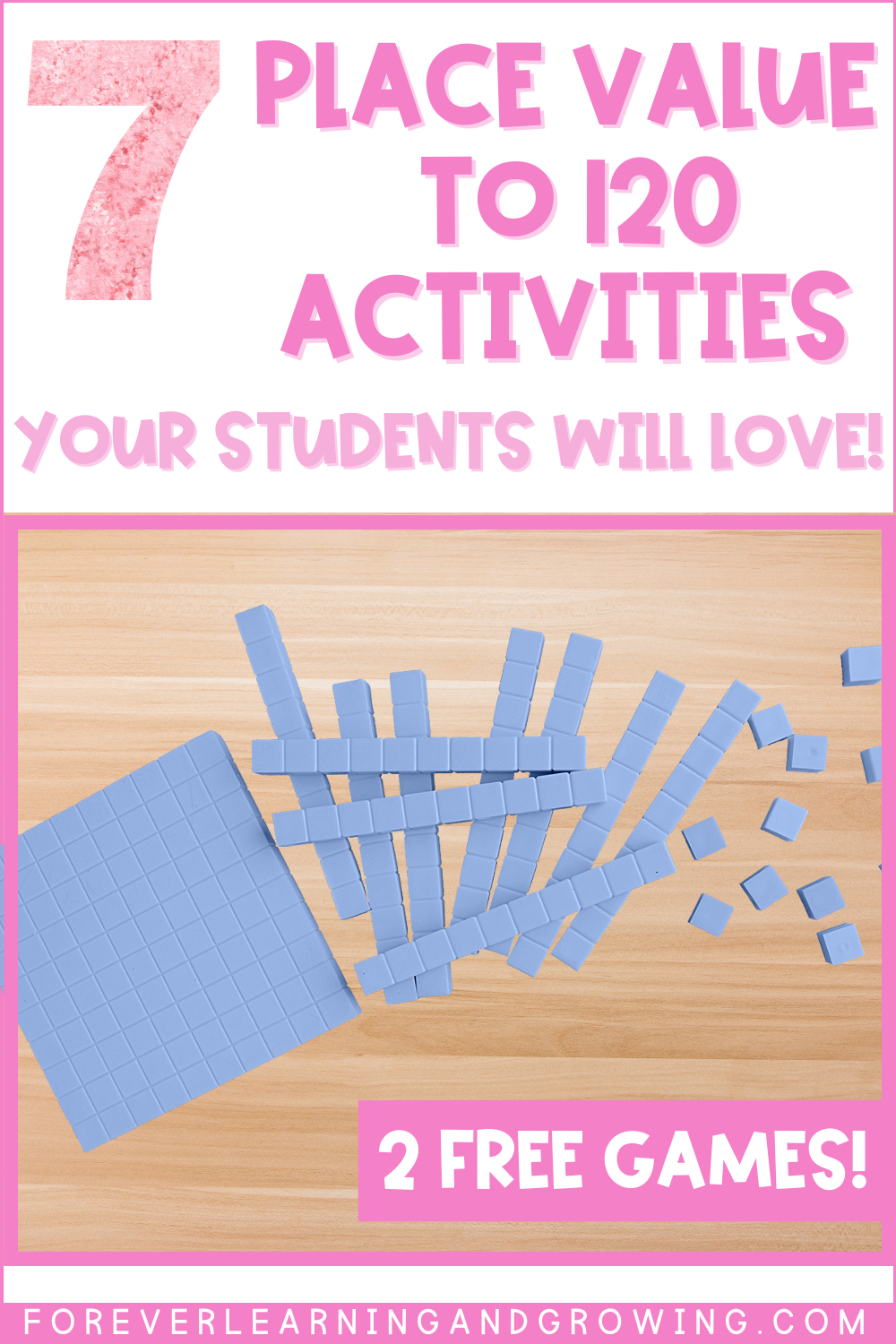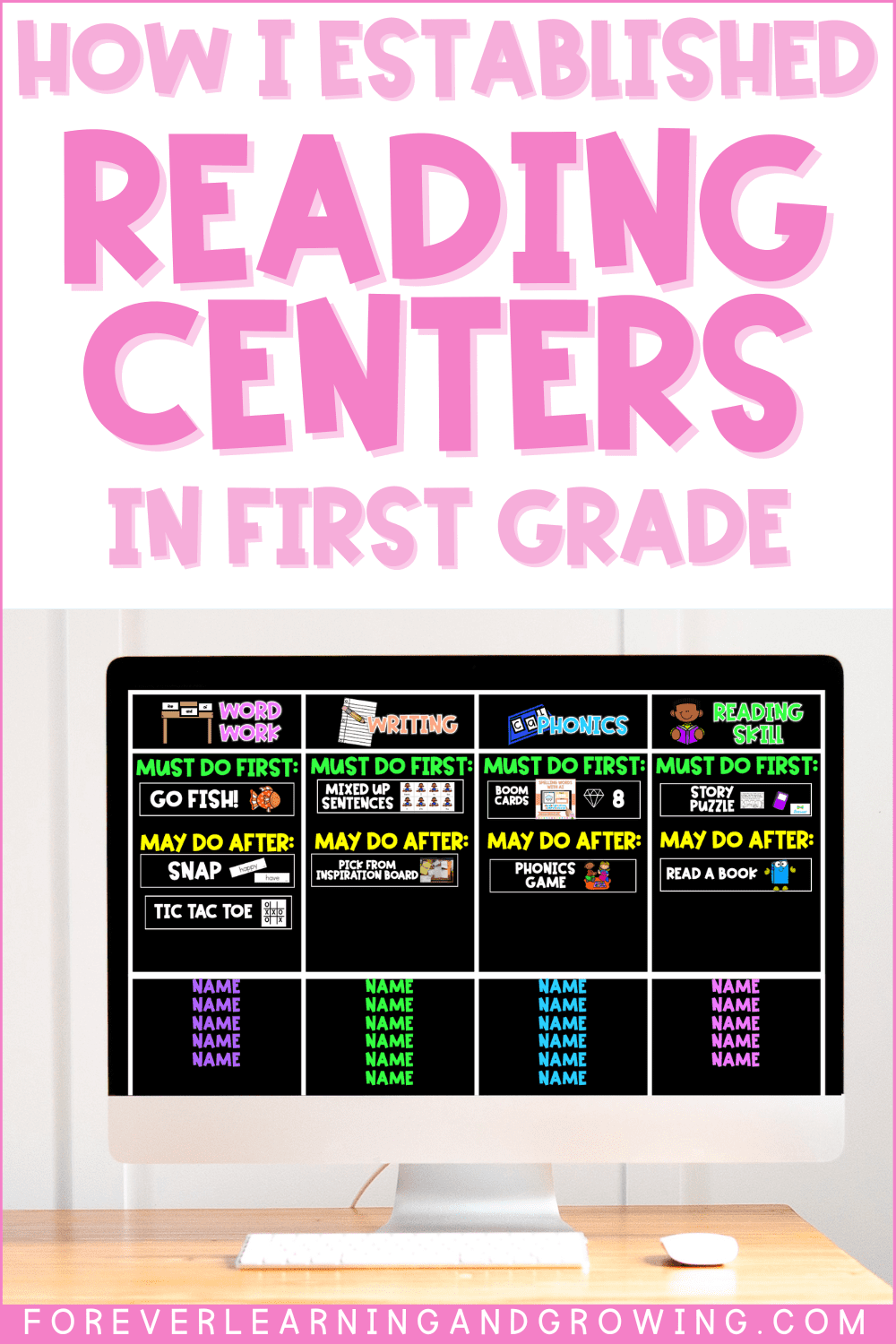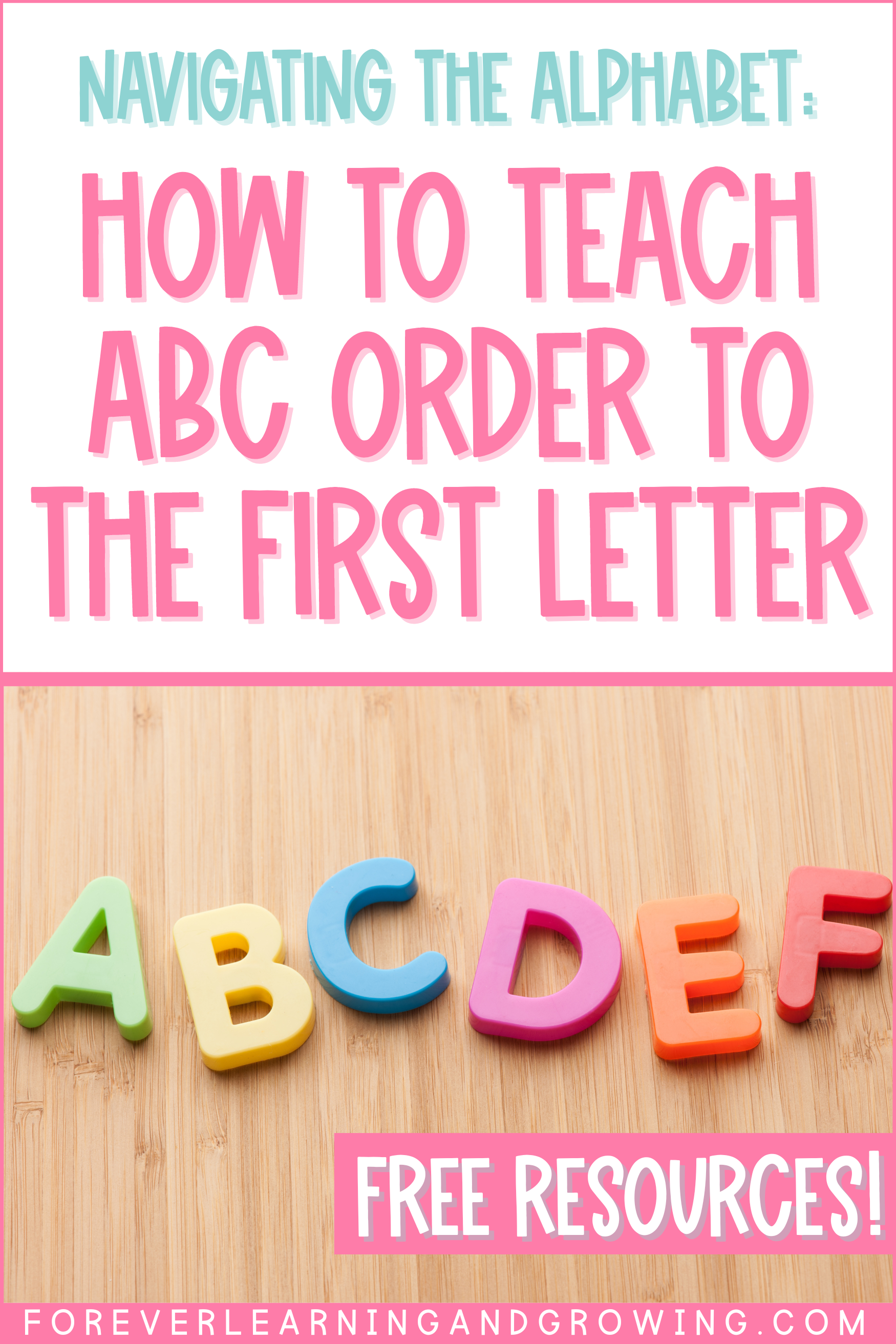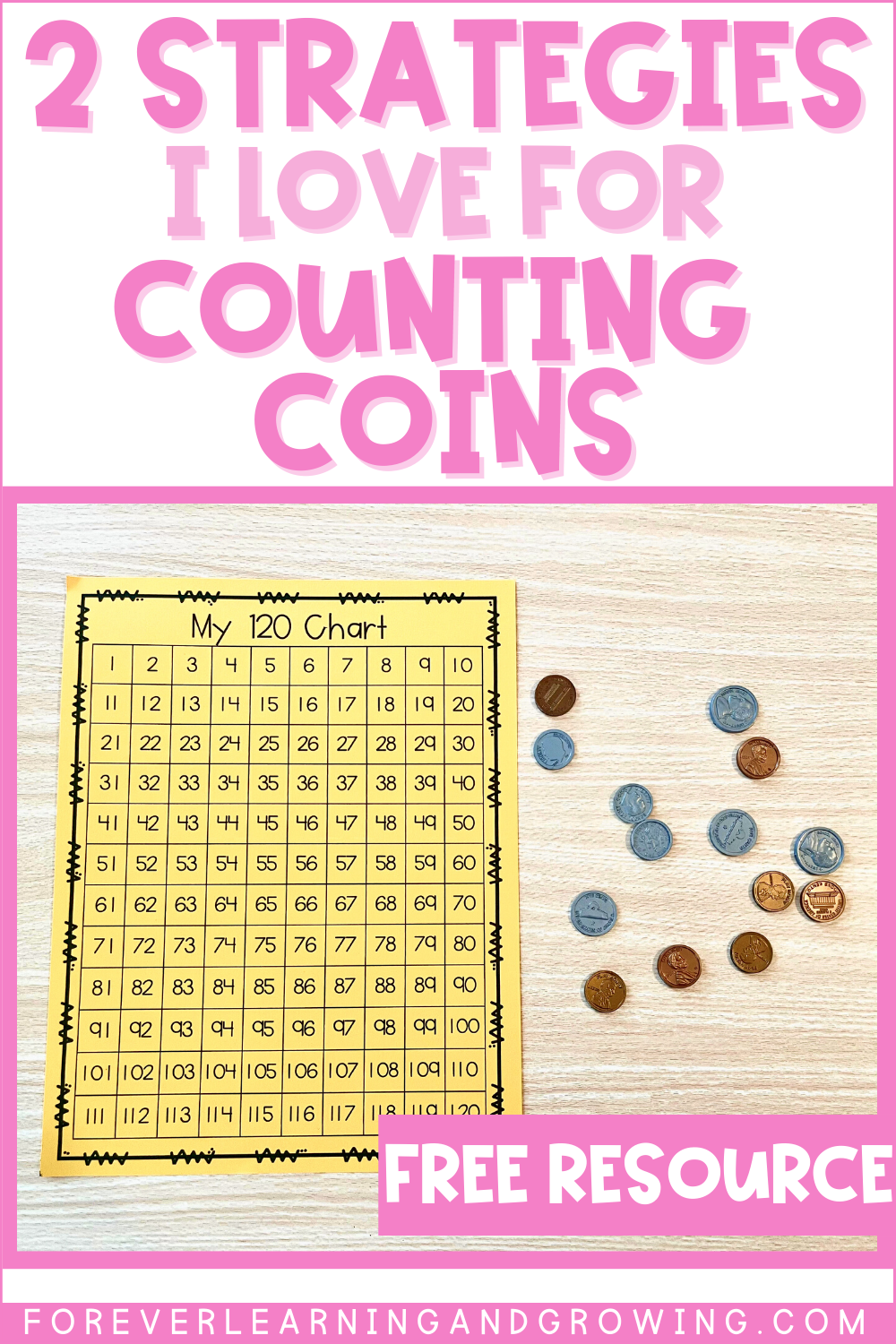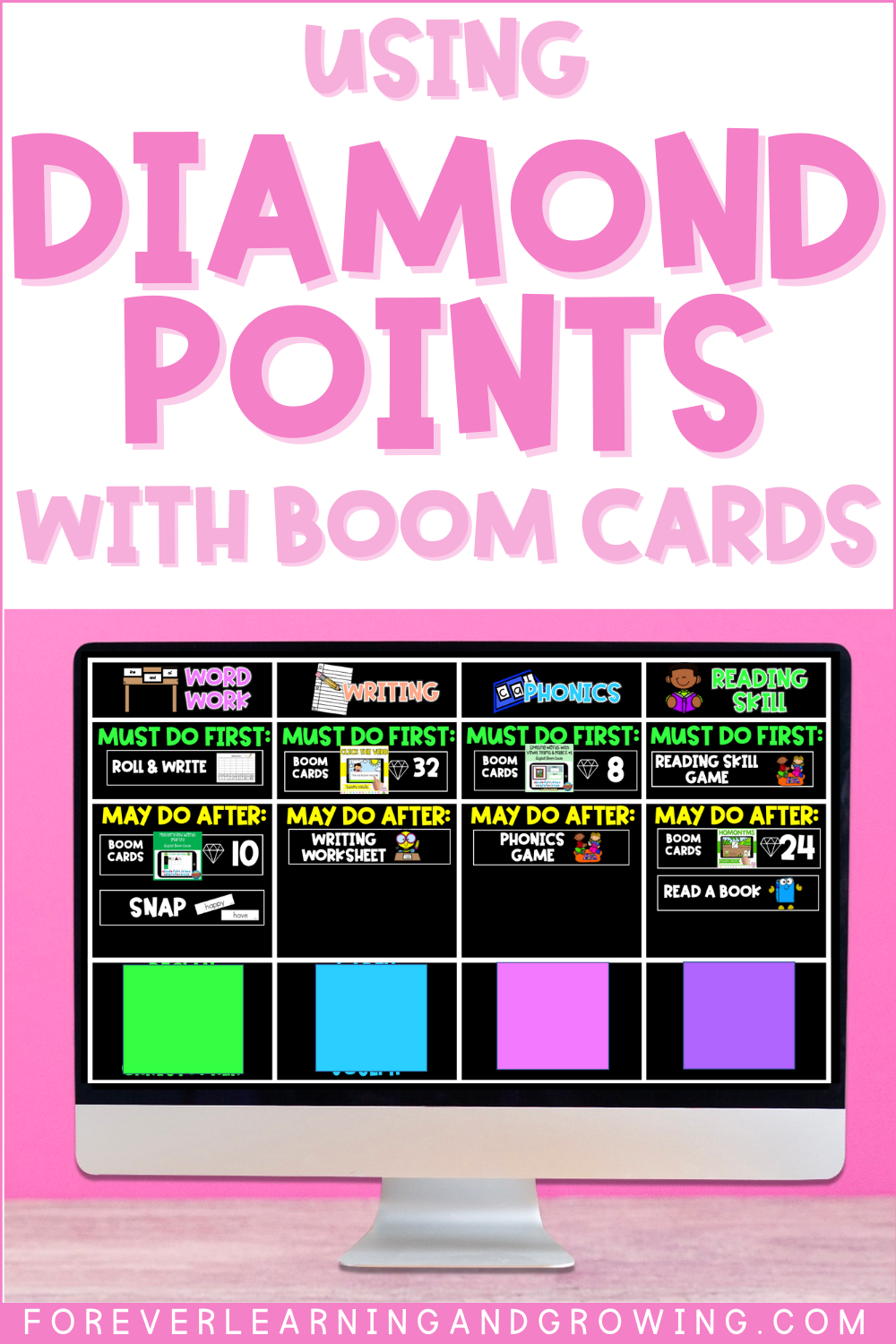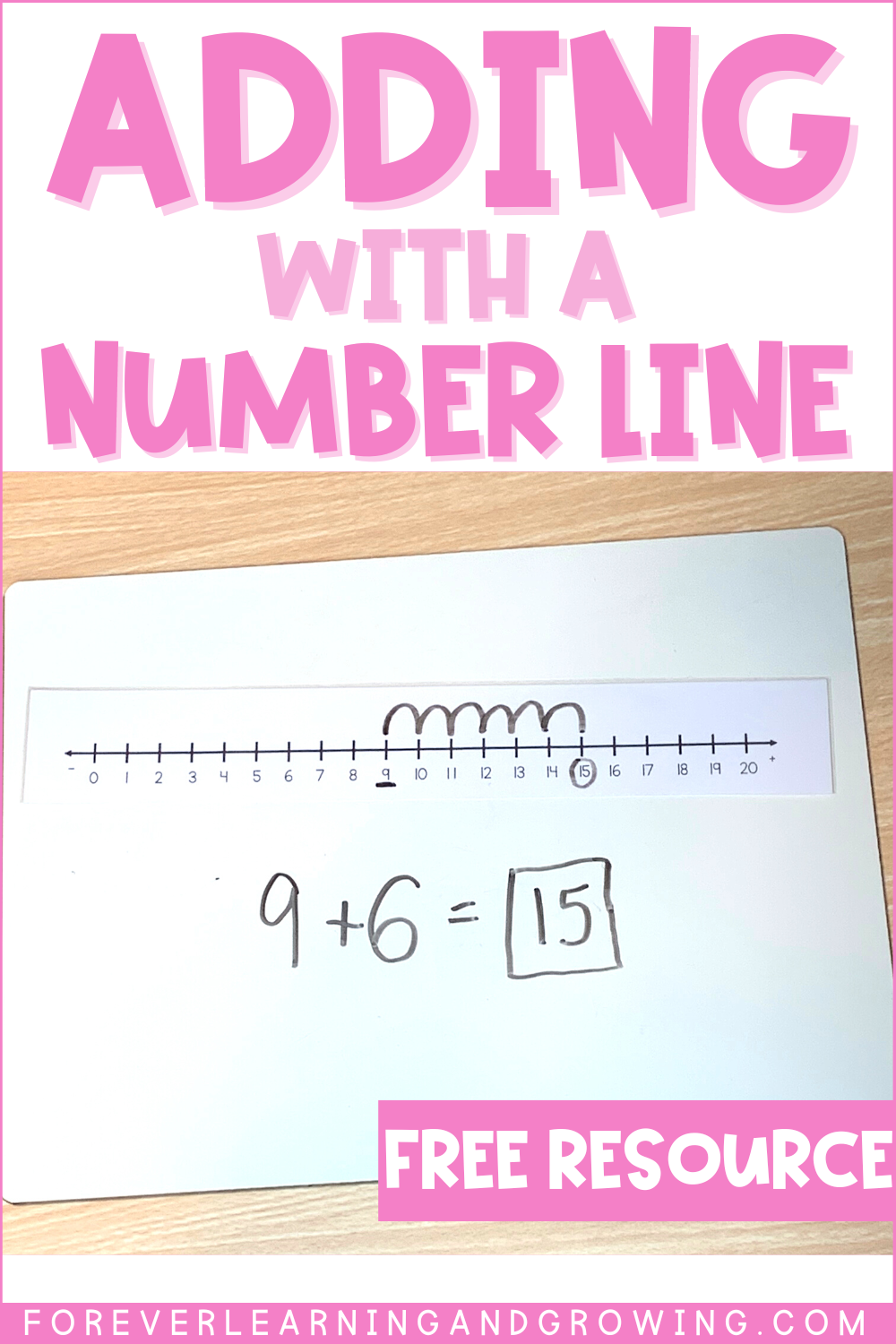My Math Centers: Fact Fluency Station
(This post contains affiliate links. If you click & purchase, I may receive a small commission at no extra cost to you. I only recommend products & services that I personally use or find value in.)
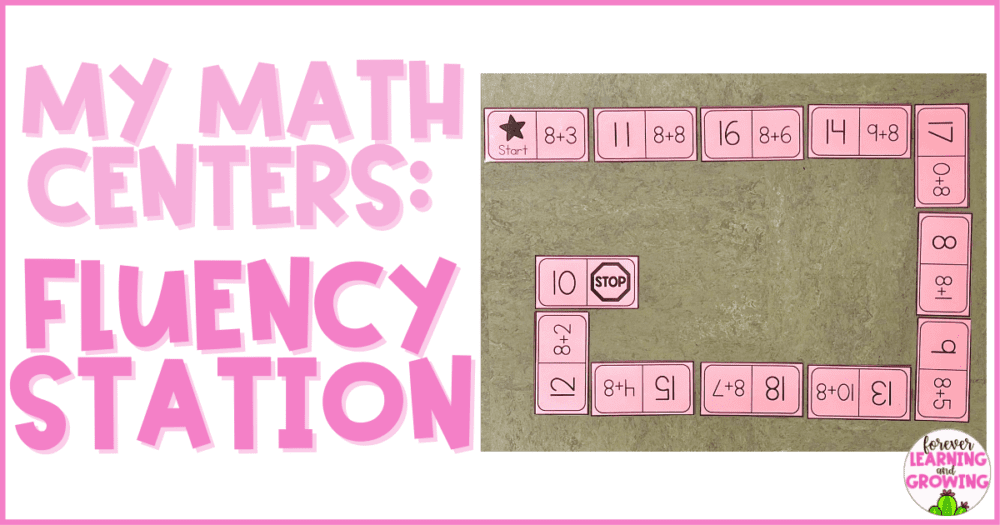
In my last blog post, I discussed how I set up my math centers in general. This week, I will be focusing on the fact fluency station. As I rethought my math centers this past year, I realized I really wanted a rotation dedicated to fact fluency practice. I always stress to parents that it’s so important students learn their addition and subtraction facts in first grade because once they get to second grade and have to do 2 digit and 3 digit addition and subtraction, there’s multiple small math facts built into just one problem.
This is one reason we really emphasize fact fluency on our grade level. We have math fluency folders that go home every week and students are each on a “level”. Everyone started on our “picture” level, which was subitizing, and then moved up through addition levels (adding 0, 1, 2, etc.). In January, students started practicing subtraction facts if they had passed all the addition levels. Since students pass some weeks and don’t pass occasionally as well, I have students in my classroom on a wide range of levels at once.
It’s important to understand our fact fluency system because that’s how the idea behind this fluency station was born. I wanted students to work on the levels that they needed to and not practice the same exact facts every single week. I needed something that was differentiated yet easy to manage.
Fact Fluency Dominoes
After lots of brainstorming, I came up with the idea of fact fluency dominoes. It took a long time to create them all, but I made a set for every level we assess our students on in first grade. And let me tell you… I have LOVED doing these dominoes every week in my math centers.
How Fact Fluency Dominoes Work
I have 3 (or more) sets of dominoes for each level. Students grab a bag with their level from the crates and work on it in the back of the classroom. They grab the domino with the star that says “start” and that’s the first domino. Then, they find the domino that has the answer to the fact on the first domino. They put the answer either above, below, or to the side of the domino before. Students keep matching up domino pieces until they get to the “stop” domino that has a stop sign. If a student has extra domino pieces at the end, it’s a signal to them that they messed up along the way.

Organizing the Fact Fluency Dominoes
As I said, I have 3 (or more) sets of dominoes for each level. Most levels have only 3 sets, but the mixed addition and subtraction levels each have 6 sets. Each set has a unique order, so students can play more than one set of dominoes in a sitting. While I made these dominoes in color, I chose to print mine in black and white to save some ink. Since most levels have 3 sets, I print one set from each level on purple, one set on pink, and one set on blue. I then quickly made a note of the level on that back of each domino in case one got left on the ground so I could easily find its bag (totally worth it, by the way).
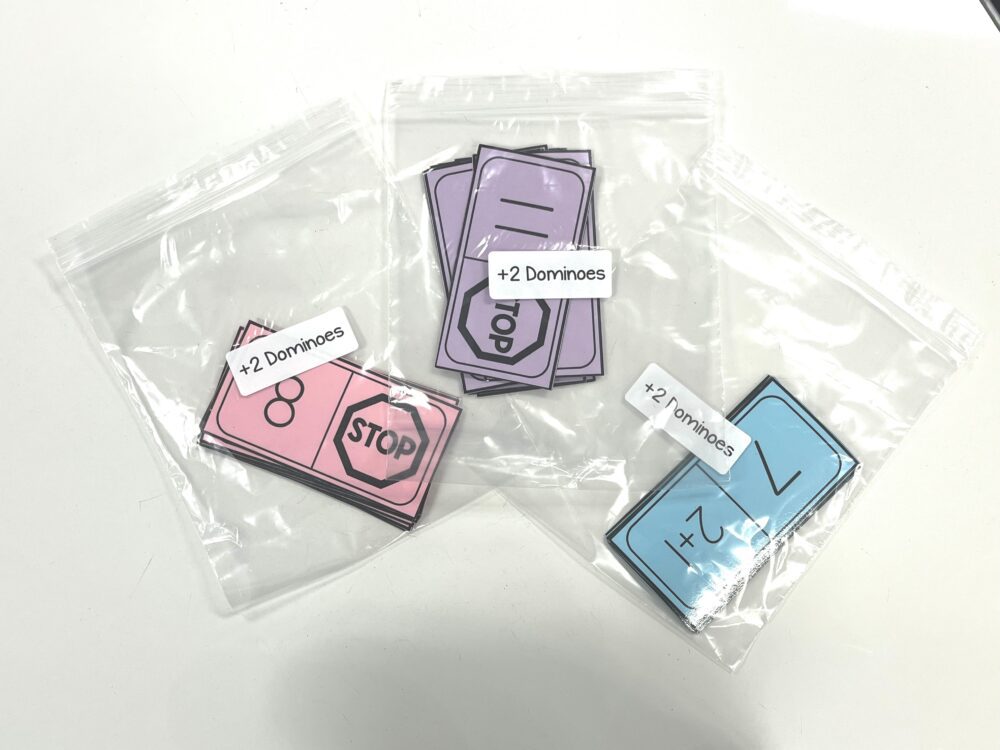

By having more than 1 set per level, it not only allows multiple students to do the same level at a time, but they can also practice more than once by grabbing a different color that’s in a different order. The fact fluency domino sets are each kept in a labeled bag. Each bag is then stored inside a file folder/hanging file on our fact fluency crates (we have one for addition facts and one for subtraction facts). We use these crates in my classroom because the milk crates I had weren’t straight across and didn’t hold the hanging files well. These mesh crates have held up wonderfully and I’ve since bought more to use in my classroom. I found keeping each level in its own hanging file worked better than having multiple levels in one hanging file for my class. While it took a bit to find a system that works, but I am very happy with what we are doing now.
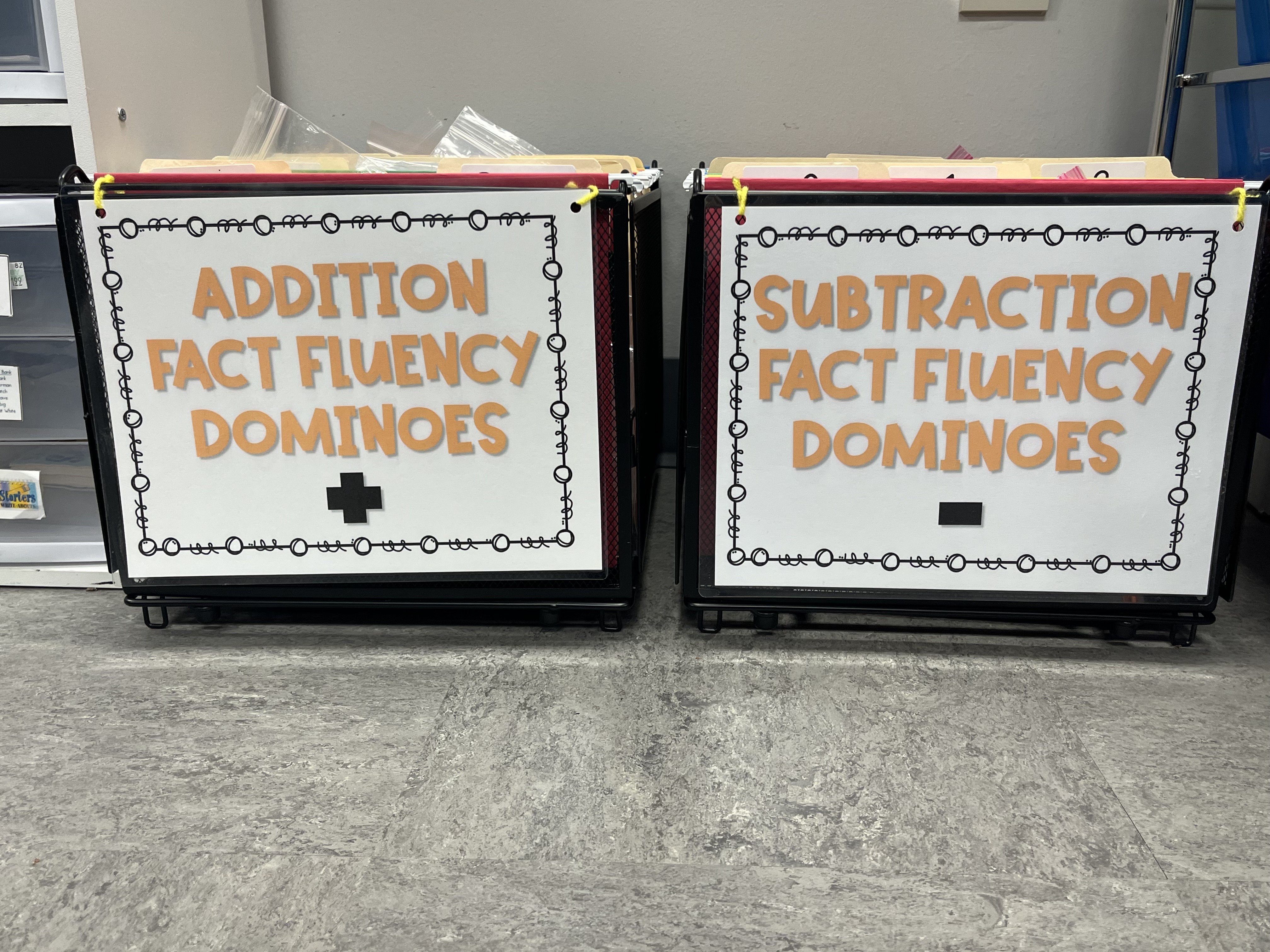
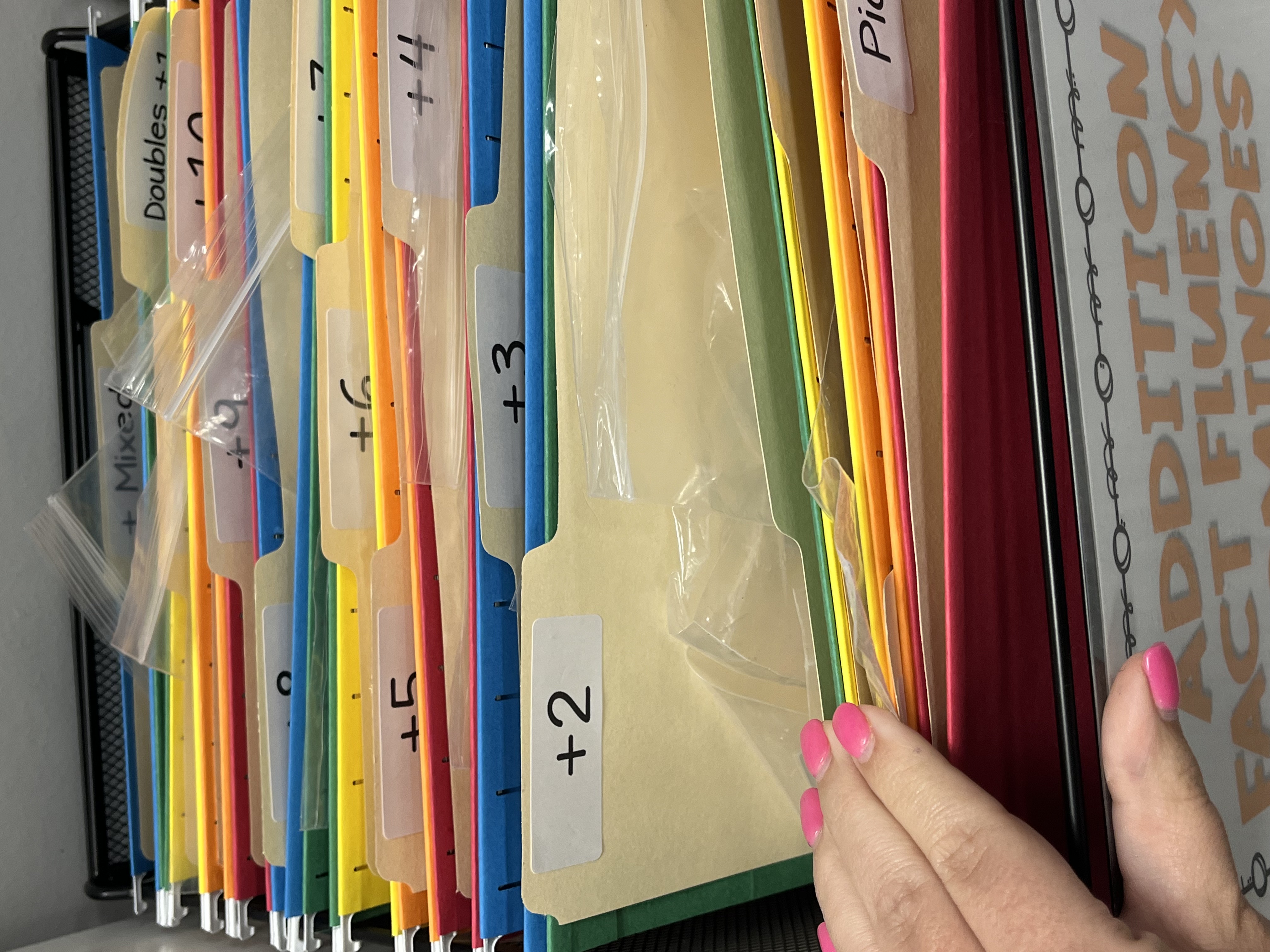
How I Run My Fact Fluency Station
Now that you (hopefully) understand that fact fluency dominoes I use, let me explain how I set-up my fact fluency station. All of my centers in my classroom operate with “must do, may do” options. I love this because it accounts for the fact that some students work quicker than others, so it has an additional activity for students to do if they finished the first required activity. With both displayed on the board, students know exactly what to do if they finish their first activity early.
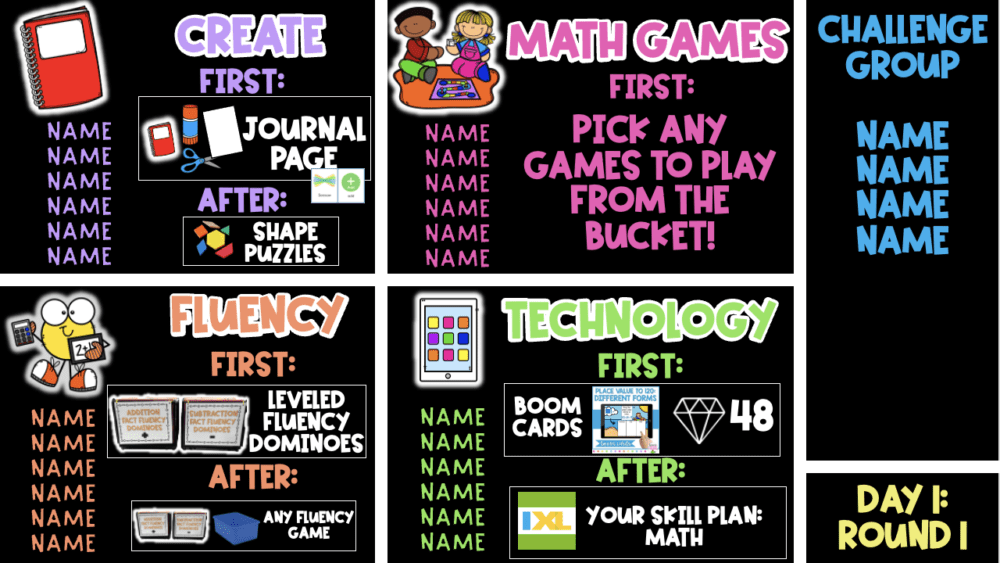
Students go to this station twice a week. Each day they come to it, the “must do” is to do their fact fluency dominoes. Whatever level students are on that week for their fact fluency folders, they must complete at least one set of fact fluency dominoes on that level. These fact fluency dominoes are done independently. Once finished, they then have a choice. The “may do” is to either do another set of fact fluency dominoes or to play other games from our fact fluency game bucket.
Other Fact Fluency Games
I have a variety of fact fluency games I keep in the bucket for students to play with a partner when they finish with the fact fluency dominoes. I started out with just some playing cards at the beginning of the year. One game I let students play was war. We started out just playing whoever had the greater number won, and then eventually changed to whoever could say the sum first won.
We also really utilize Rainbow Facts to 10 in the classroom and there’s a card game that goes with that. 9 cards are put face up in the middle of the 2-3 players in 3 rows of 3. Students then take turns grabbing 2 cards from that array that make 10 (a student might say 6 and 4 make 10 and grab the 6 and the 4). Afterwards, they take two cards from the draw pile to replace the cards in the array. Then the next student goes and finds another pair of cards. Whoever has the most cards at the end wins. You can even challenge some students by helping them see they can find 3 addends that equal 10.
Some other games I have grabbed for free from TPT that my students enjoy are Math Addition Puzzles and Angry Doubles.
I hope this has given you some ideas for a fact fluency station. If you’re interested in the concept of the fact fluency dominoes, you can grab the bundle here or sign up to try out my 6 free sets of my subitizing dominoes below!
If you have any questions on how I run my fact fluency stations or want to know more about anything I went over, I’d love to hear from you!

Want to save this pin for later?


